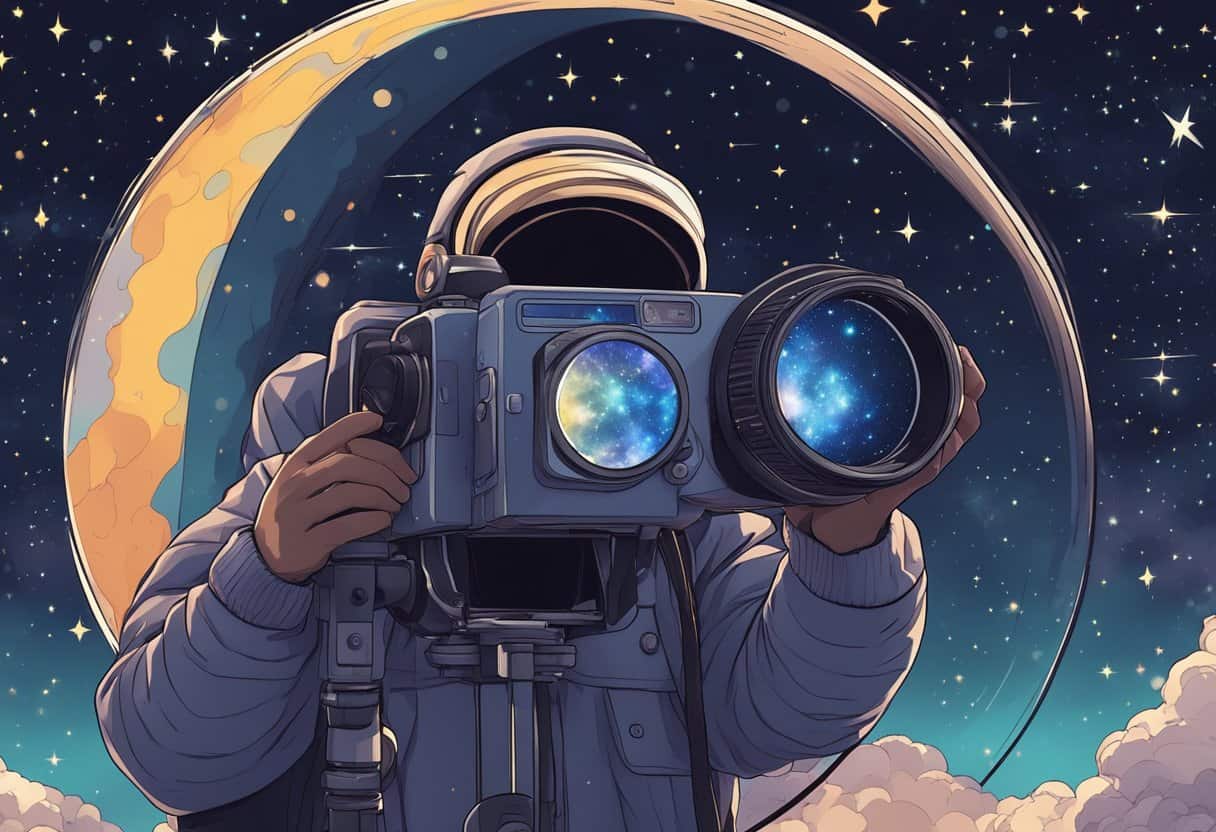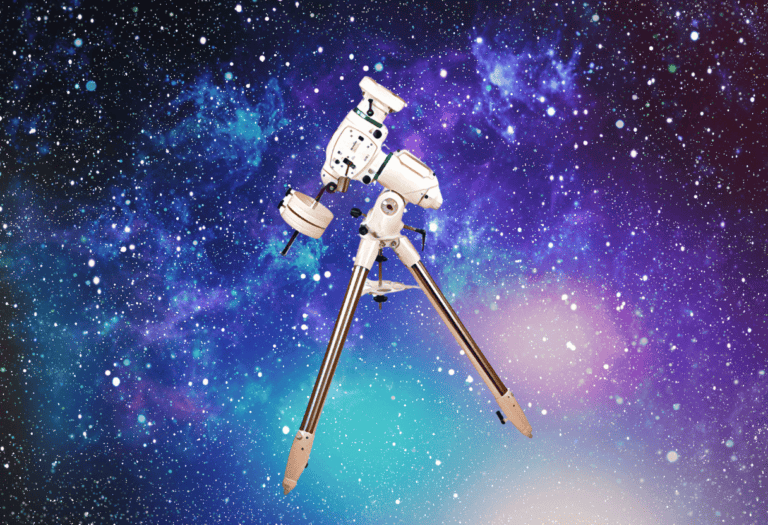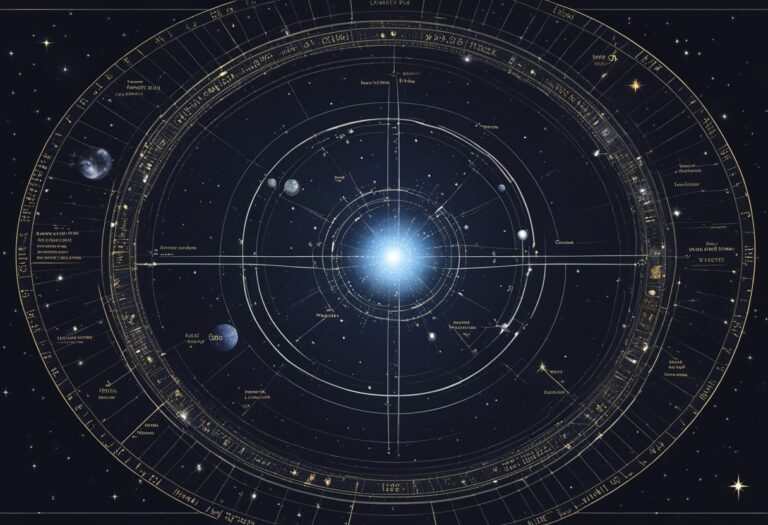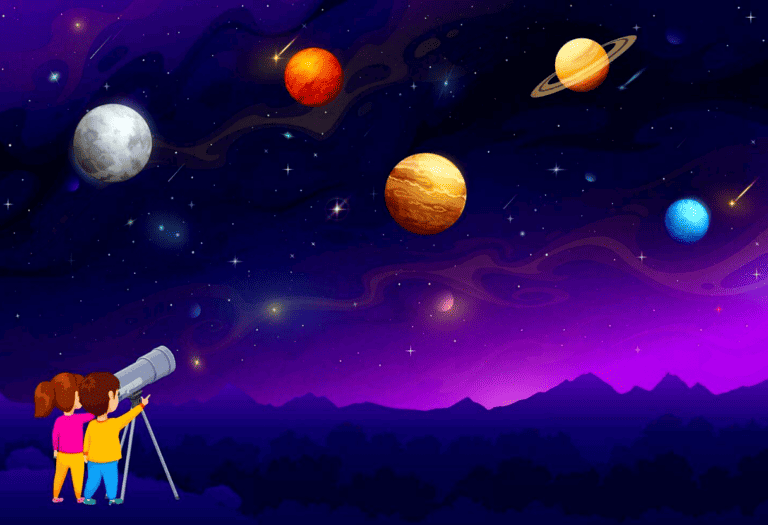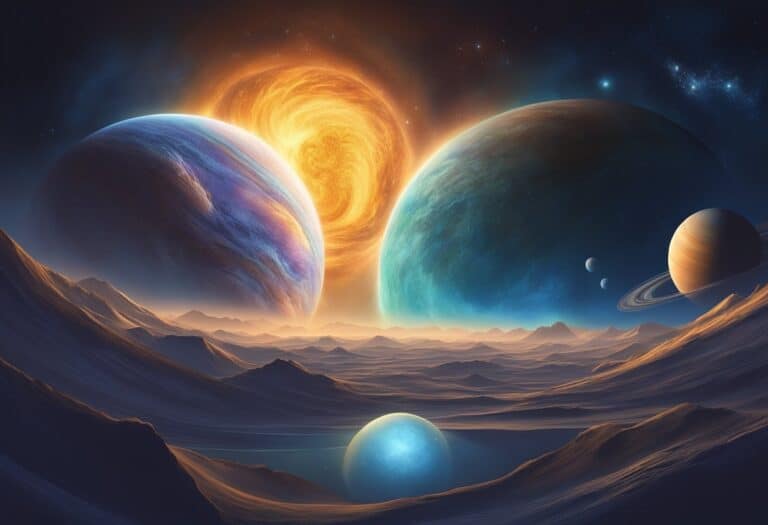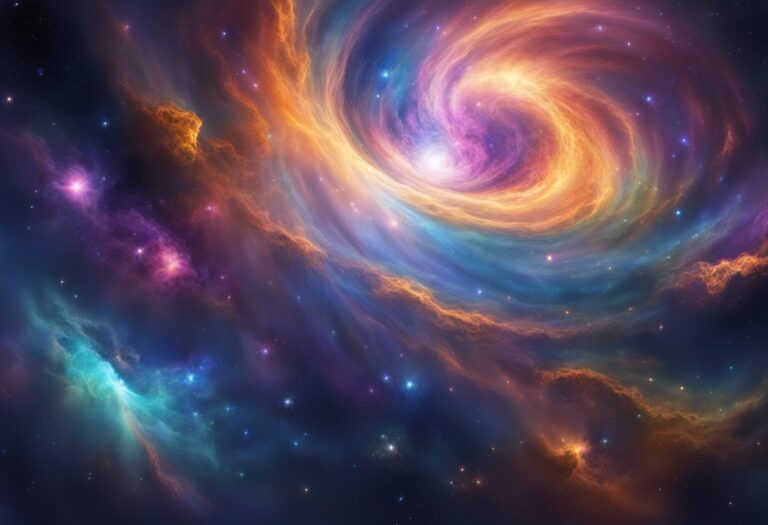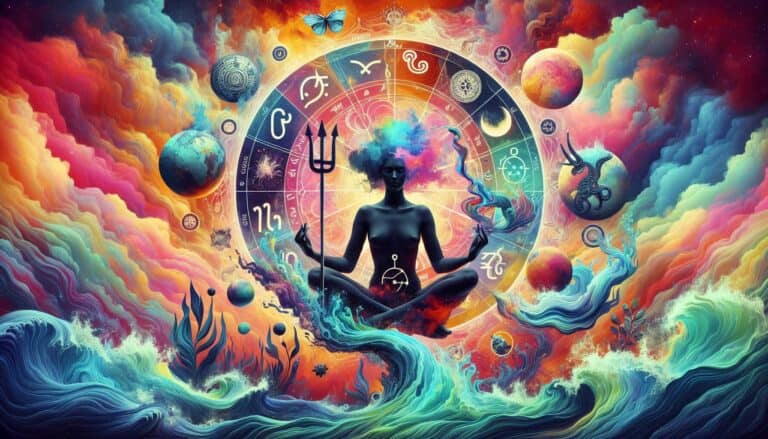When it comes to astrophotography, choosing the right camera is crucial.
Astrophotography cameras differ from traditional cameras in that they are designed to capture images of celestial objects in the night sky. If you’re new to astrophotography, it can be overwhelming to choose the right camera for your needs. With so many options available on the market, it’s important to understand the key features and considerations when selecting a camera.
One of the most important factors to consider when choosing an astrophotography camera is the type of camera sensor. Astrophotography cameras typically use either a CCD (charge-coupled device) or CMOS (complementary metal-oxide semiconductor) sensor. While both types of sensors have their advantages and disadvantages, CCD sensors tend to be more popular among astrophotographers due to their higher sensitivity and lower noise levels.
Additionally, the size of the camera sensor is also an important consideration, as larger sensors can capture more light and produce higher-quality images.
For beginners in astrophotography, the key lies in choosing a camera with a suitable sensor type and size, such as CCD or CMOS, for enhanced sensitivity and image quality. Essential features include high resolution, low noise levels, and compatibility with telescopes and filters.
Understanding Astrophotography Cameras
When it comes to astrophotography, choosing the right camera can make a big difference in the quality of your images. In this section, we will discuss the different types of cameras that are commonly used for astrophotography and the key features that you should consider when selecting a camera.
Camera Types
There are two main types of cameras that are used for astrophotography: DSLR and mirrorless. DSLR cameras are popular among astrophotographers because they offer a wide range of lens options and are relatively affordable. Mirrorless cameras, on the other hand, are smaller and lighter than DSLRs, making them a good choice for astrophotographers who need to travel light.
Sensor Technology
The sensor is the most important part of any camera, and it plays a crucial role in determining the quality of your astrophotography images. When selecting a camera for astrophotography, you should consider the sensor technology that it uses. Some of the most popular sensor technologies include full-frame, APS-C, and monochrome.
Resolution and Noise
Resolution and noise are two key factors that you should consider when selecting a camera for astrophotography. Resolution refers to the number of pixels that the camera sensor can capture, while noise refers to the amount of digital noise that is present in the image.
When it comes to resolution, more is generally better. Higher resolution sensors allow you to capture more detail in your images. However, higher resolution sensors also tend to produce more noise, which can be a problem when shooting in low light conditions.
To minimize noise in your astrophotography images, you should look for cameras that have low noise levels. Some cameras use OLED technology, which can help to reduce noise and improve image quality. You should also consider the quantum efficiency of the camera sensor, which is a measure of how efficiently the sensor converts incoming light into electrical signals.
In conclusion, understanding the different types of cameras, sensor technologies, and key features that are important for astrophotography can help you to select the right camera for your needs. By considering factors such as resolution, noise, and sensor technology, you can choose a camera that will allow you to capture stunning images of the night sky.
Essential Camera Features for Astrophotography
When it comes to astrophotography, choosing the right camera is crucial. There are several camera features that are essential for capturing stunning images of the night sky. In this section, we’ll explore some of the most important camera features for astrophotography.
Focusing Mechanisms
One of the most important camera features for astrophotography is the focusing mechanism. When shooting at night, it can be difficult to achieve accurate focus. Look for a camera that has a focus peaking feature, which highlights the areas of the image that are in focus. Another useful feature is live view, which allows you to zoom in and manually focus on a specific area of the image.
Exposure Settings
Exposure settings are another crucial aspect of astrophotography. Look for a camera that has manual exposure controls, including shutter speed, aperture, and ISO. A long exposure is necessary to capture the faint light of the stars, so a camera with a maximum shutter speed of at least 30 seconds is ideal. High ISO settings are also important for capturing as much light as possible, but be careful not to set it too high, as this can introduce noise into the image.
Mount Compatibility
The mount compatibility of your camera is also important for astrophotography. A sturdy tripod is essential for keeping your camera steady during long exposures. If you plan on using a star tracker or equatorial mount, look for a camera that has a T-ring adapter, which allows you to attach the camera directly to the mount. An intervalometer is also a useful feature for capturing multiple exposures over a set period of time.
In conclusion, when choosing a camera for astrophotography, look for features such as focus peaking, manual exposure controls, and mount compatibility. With the right camera, you’ll be able to capture stunning images of the night sky.
Choosing the Right Optics and Accessories
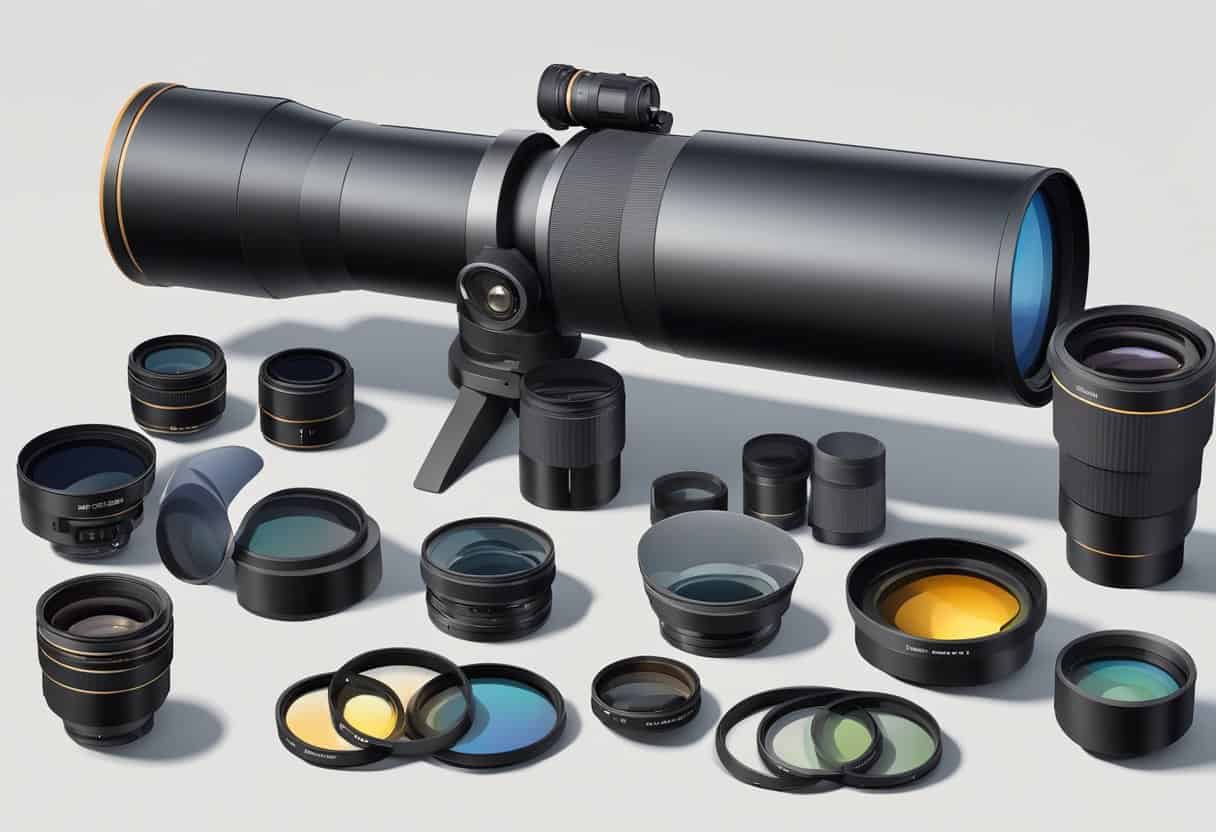
When it comes to astrophotography, choosing the right optics and accessories is just as important as choosing the right camera. Here are some things to consider when selecting optics and accessories for your astrophotography setup.
Lenses and Telescopes
The lens or telescope you use will determine the magnification and field of view of your astrophotography images. Refractors are a popular choice for astrophotography because they provide crisp, clear images with minimal distortion. However, they can be expensive. Reflectors are another option that can provide excellent image quality at a more affordable price point. Telephoto lenses are also a great option for astrophotography, especially if you’re just starting out.
Filters and Adapters
Filters and adapters can help improve the quality of your astrophotography images. An IR cut filter, for example, can help reduce the effects of atmospheric distortion, while a light pollution filter can help eliminate unwanted light from streetlights and other sources. Adapters are also important, as they allow you to connect your camera to your telescope or lens.
Supporting Gear
Supporting gear is essential for astrophotography, as it helps stabilize your camera and prevent blurring. A sturdy tripod is a must-have, and a mount can help you track the movement of the stars. Star trackers are another option that can help you capture stunning images of the night sky. Guide scopes and polar scopes can also be useful for more advanced astrophotography setups.
Overall, choosing the right optics and accessories for your astrophotography setup can make a big difference in the quality of your images. Consider your budget, experience level, and the type of astrophotography you want to do when selecting your gear.
Top Camera Recommendations and Brands
When it comes to astrophotography, choosing the right camera is crucial. The camera you choose will determine the quality of your images, and the features you need will depend on the type of astrophotography you plan to do.
Entry-Level Choices
If you’re just getting started with astrophotography, an entry-level camera is a great place to start. Canon and Nikon are two of the most popular camera brands for astrophotography, and both offer great entry-level options.
The Nikon D5300 is a great choice for beginners. It has a 24-megapixel sensor and excellent low-light performance, making it ideal for capturing the night sky. Canon’s entry-level option, the EOS 6D Mark I, is also a great choice. It has a full-frame sensor and excellent image quality, making it a great option for landscape and deep-sky astrophotography.
High-End Picks for Experienced Users
If you’re an experienced astrophotographer looking for a high-end camera, the Canon EOS 6D Mark II and Nikon D850 are both excellent options. The EOS 6D Mark II has a full-frame sensor and excellent low-light performance, making it a great choice for Milky Way photography. The D850 has a 45.7-megapixel sensor and excellent image quality, making it a great choice for deep-sky astrophotography.
For those looking for a mirrorless camera for astro, the Fujifilm X series is a great choice. The X-T4 has excellent low-light performance and image quality, making it a great option for astrophotography.
Dedicated astronomy cameras are also available, such as the ZWO ASI385 and ZWO ASI174. These cameras are designed specifically for astrophotography and offer excellent image quality and low-light performance. Planetary cameras are also available for those interested in capturing images of planets and other celestial objects.
When choosing a camera for astrophotography, it’s important to consider image quality, low-light performance, and features such as ISO range and shutter speed. With the right camera and a good telescope, you can capture stunning images of the night sky, including the Milky Way and nebulae.
Frequently Asked Questions
What features are essential in a camera for astrophotography?
When choosing a camera for astrophotography, there are several features to look for. Firstly, a camera with manual controls and manual focus is essential. This allows you to adjust the settings to capture the best possible image. Secondly, a camera with a large sensor size is preferable, as this will allow you to capture more light and detail in your images. Finally, a camera with a high ISO range will allow you to capture images in low light conditions without excessive noise.
Which is better for astrophotography: DSLR or mirrorless cameras?
Both DSLR and mirrorless cameras can be used for astrophotography. DSLR cameras have been a popular choice for many years, and there is a wide range of lenses available for them. Mirrorless cameras, on the other hand, are becoming increasingly popular due to their smaller size and weight. Ultimately, the choice between DSLR and mirrorless cameras comes down to personal preference.
What are the advantages of a dedicated astronomy camera over a regular DSLR?
Dedicated astronomy cameras are designed specifically for astrophotography and have several advantages over regular DSLR cameras. Firstly, they usually have larger sensors, which allows for better image quality and more detail. They also often have better cooling systems, which reduces noise in long-exposure images. Finally, they are designed to be used with telescopes and other astronomy equipment, making them a more specialized tool for astrophotography.
How does one pick a suitable camera for astrophotography as a beginner?
As a beginner, it’s important to choose a camera that is easy to use and has a good range of manual controls. A DSLR camera is a good choice, as they are widely available and have a range of lenses available. Look for a camera with a large sensor size and a high ISO range, as this will allow you to capture images in low light conditions. Finally, consider investing in a good tripod and remote shutter release to help stabilize your camera during long exposures.
What are some affordable camera options that are suitable for astrophotography?
There are several affordable camera options that are suitable for astrophotography. Canon’s EOS Rebel series is a popular choice for beginners, while Nikon’s D3000 series is also a good option. Mirrorless cameras such as the Sony a6000 and Fujifilm X-T30 are also affordable options that are suitable for astrophotography.
Are there specific camera brands that stand out for astrophotography purposes?
Canon and Nikon are both popular camera brands for astrophotography, as they have a wide range of lenses available and are widely used in the industry. Sony and Fujifilm are also becoming increasingly popular due to their mirrorless camera systems. Ultimately, the choice of camera brand comes down to personal preference and the specific needs of the user.

